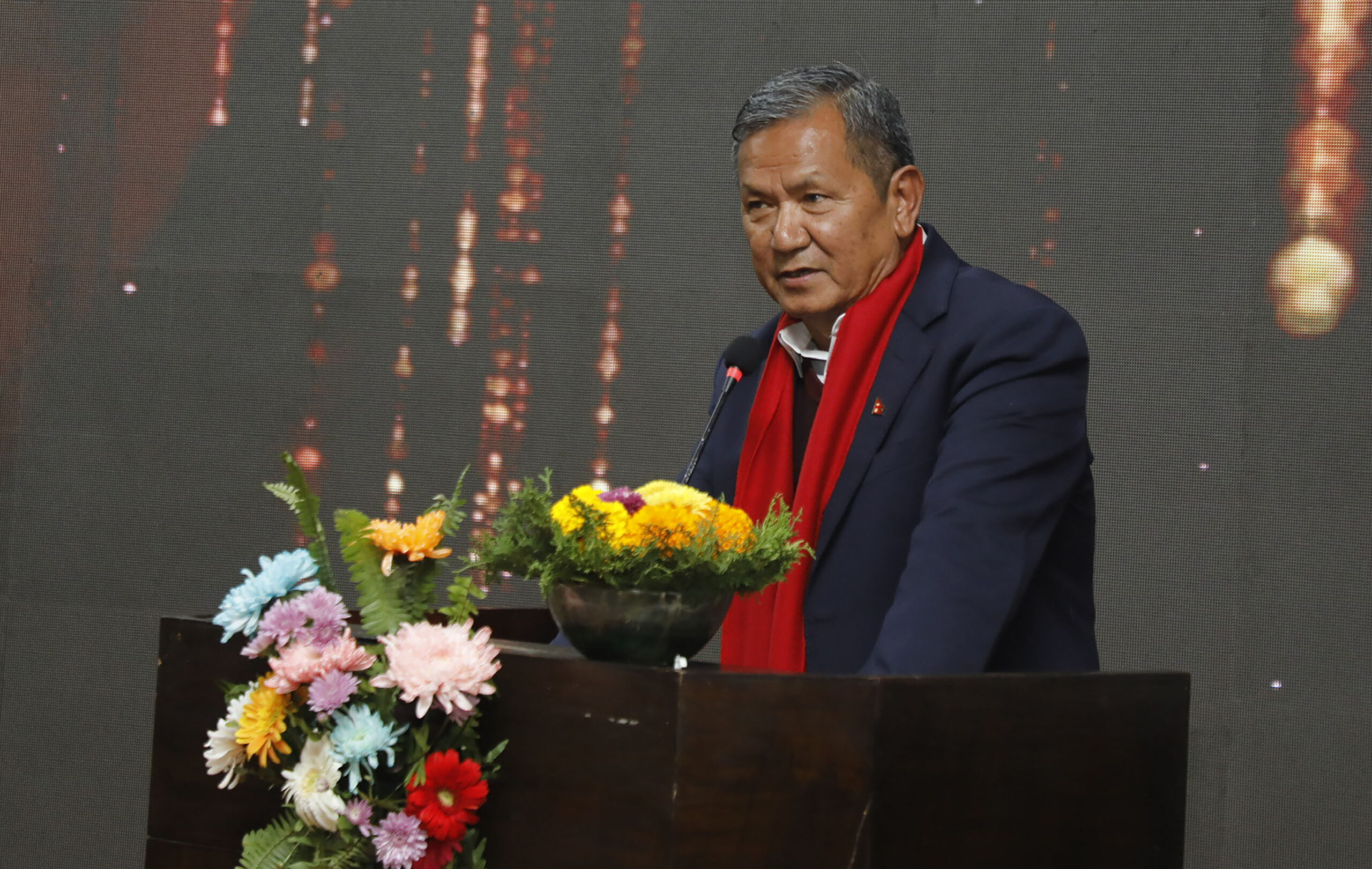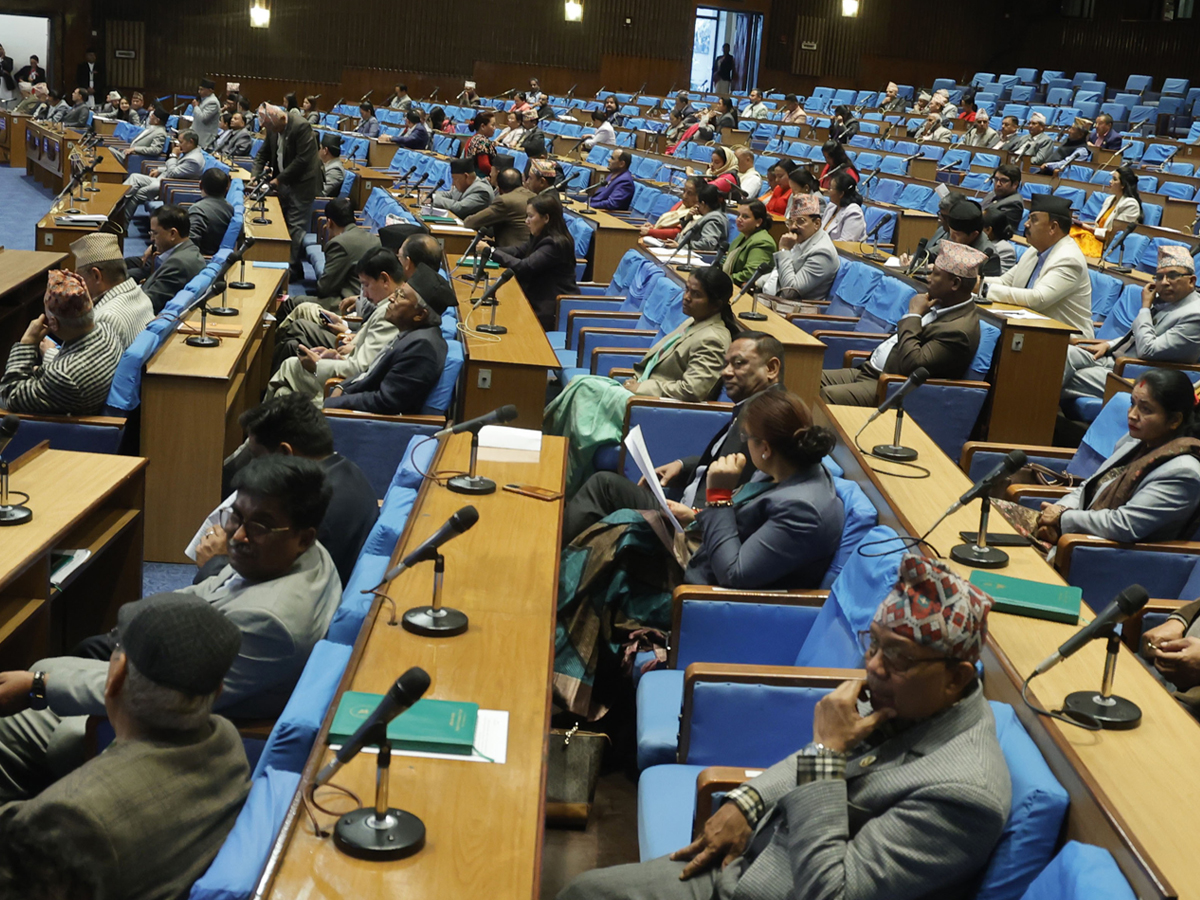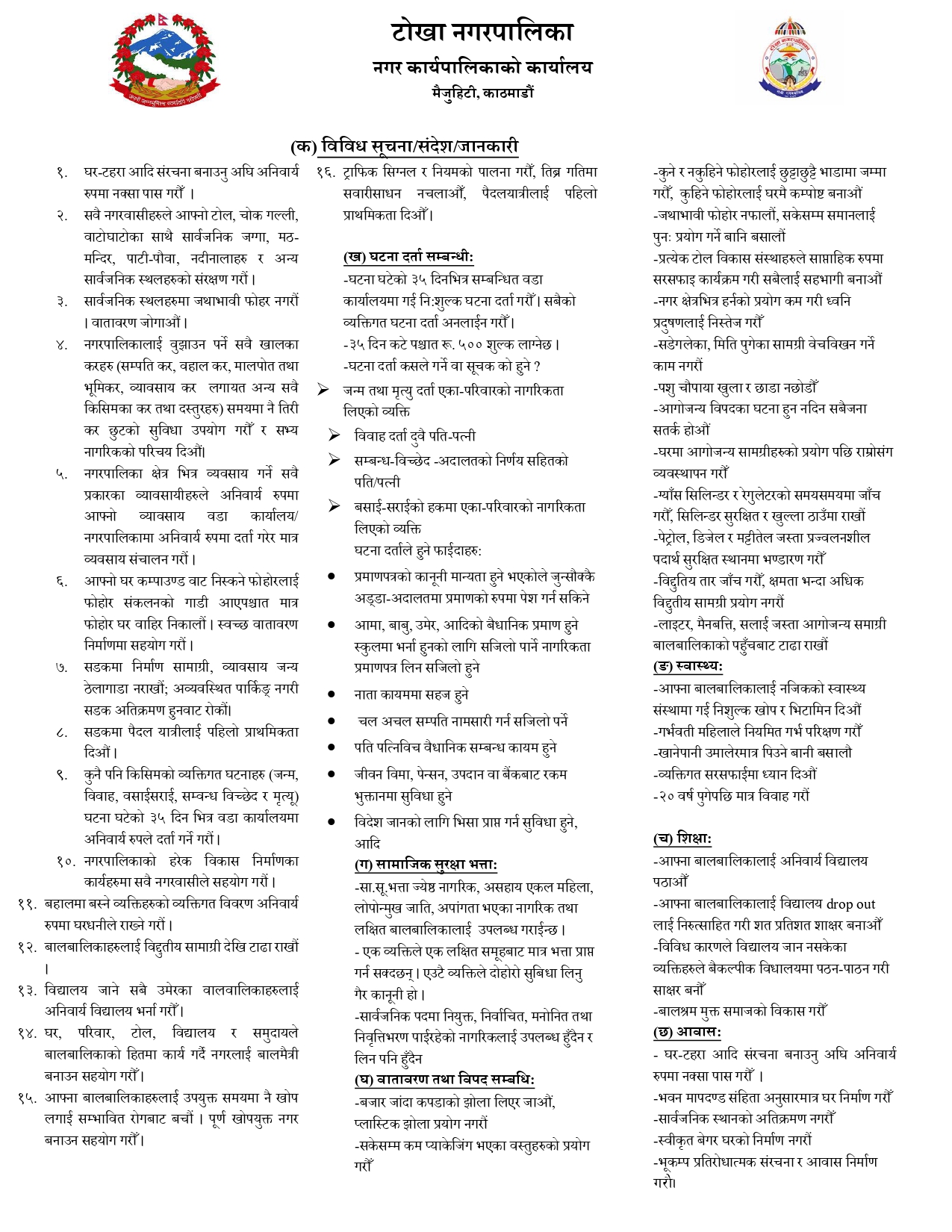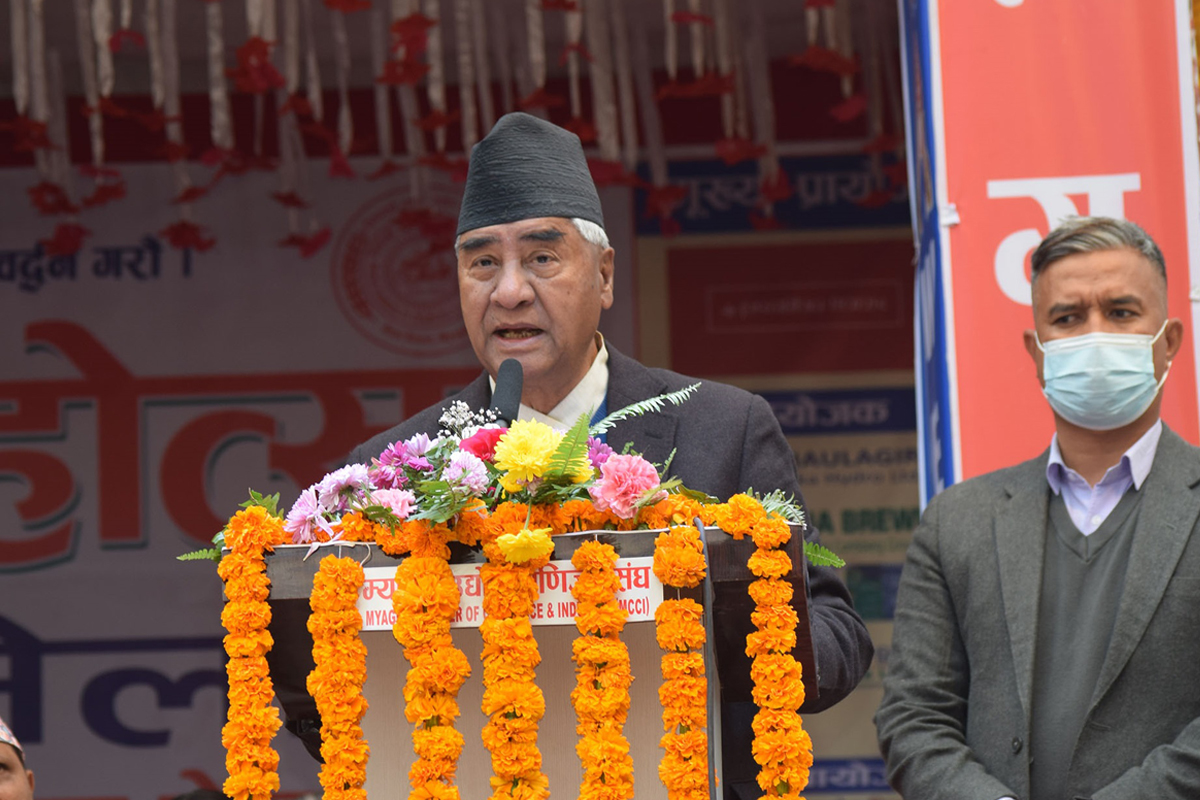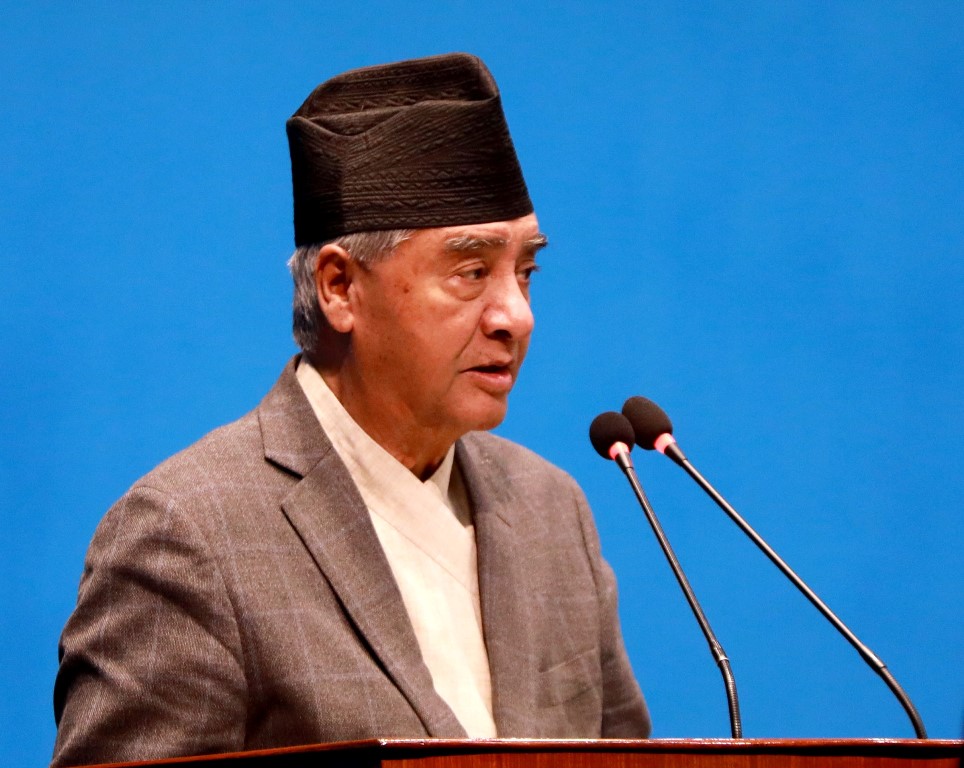The ongoing flooding has affected more than 710,000 people across 30 of 78 counties in South Sudan and the Abyei Administrative Area, the UN relief agency said on Thursday.
Floods caused by heavy rains that began in May have worsened an already critical humanitarian situation marked by severe food insecurity, economic decline, continued conflict, disease outbreaks and the repercussions of the Sudan conflict, said the UN Office for the Coordination of Humanitarian Affairs (OCHA).
"Since May, floods have caused extensive damage to homes, crops and critical infrastructure, disrupting education and health services and increasing the risk of disease outbreaks," the agency said in its Flash Update released in Juba, the capital of South Sudan.
On Aug. 29, the UN agency projected that at the peak of the rainy season, between September and October, flooding could impact up to 3.3 million people nationwide, including communities still recovering from the devastating floods of 2019-2022, which displaced at least one million people annually.
It said a high-level consultation held in Juba on Monday and Tuesday reviewed the 2024 flood preparedness and response plan.
During the meeting attended by senior government officials and key humanitarian leaders, officials emphasized the need for a unified understanding of the crisis, clear priorities, and well-defined roles.
The UN agency called for coordinated action to address the escalating disaster, noting that humanitarian partners are rapidly responding to the immediate needs of flood-affected populations with life-saving assistance.
Urgent needs include food, shelter, non-food items, water, sanitation and hygiene materials, emergency health kits, and protection services, OCHA said.
The country's Ministry of Water Resources and Irrigation on Aug. 20 issued an urgent appeal for communities in low-lying areas along the Nile to relocate, as water levels at the Mangala Telemetric Station in Juba County reached a five-year high of 14.85 meters.





